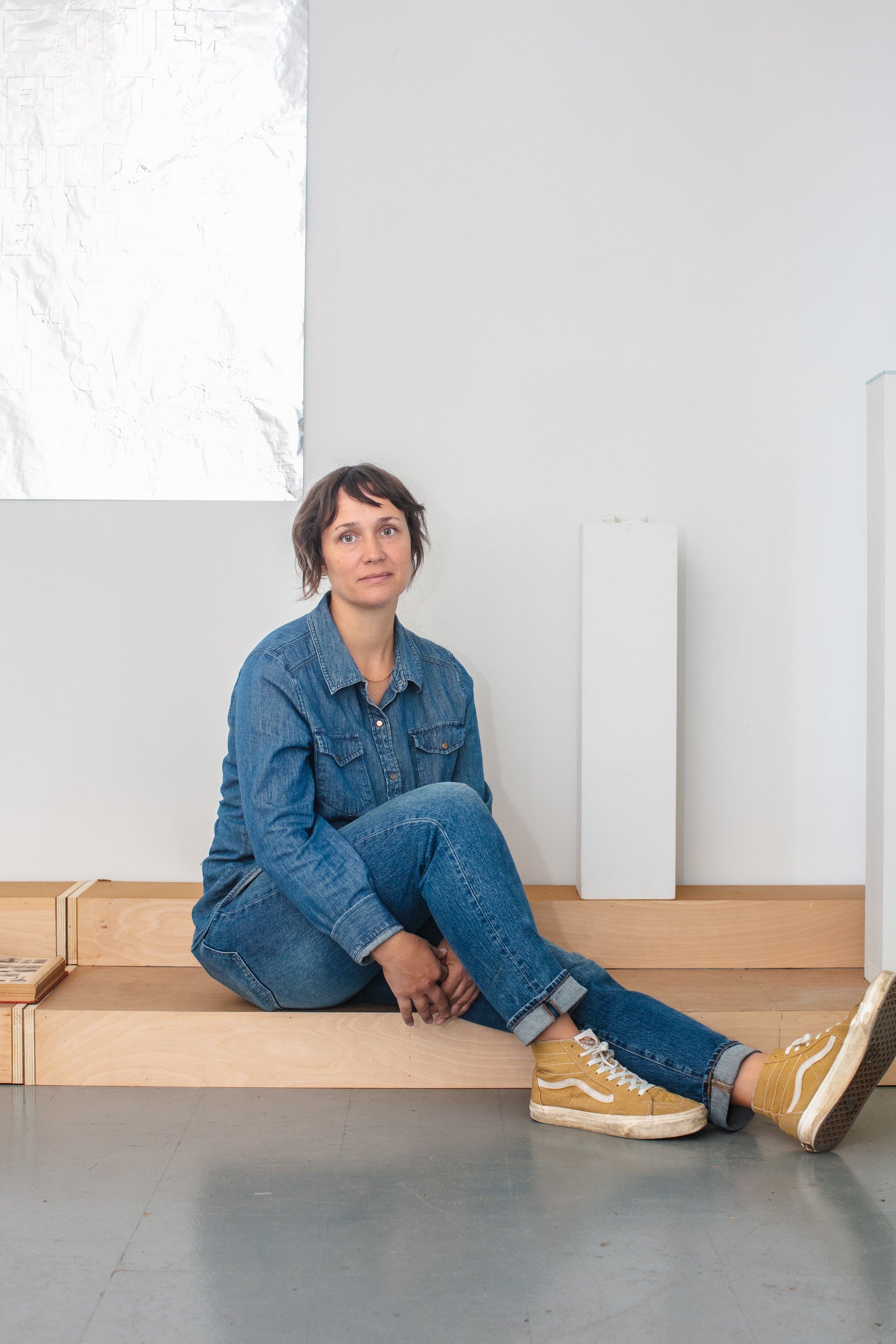Photo by Neal Santos, courtesy of The Pew Center for Arts & Heritage.
e: neville.kristen@gmail.com
Bio: Kristen Neville Taylor is an Philadelphia artist whose diverse practice combines drawing, sculpture, and glass which converge playfully in installation style environments. Her work considers the impact of the stories we tell about nature calling attention to the systems and events that establish definitions and shape public perception of the environment. She is a co-founder of The Green Sun, a multifaceted project focused on the intersection of art and policy as they relate to the history of energy, energy democracy and possible energy futures. Taylor’s work has been shown at Vox Populi, the Woodmere Art Museum and the Philadelphia Art Alliance (Philadelphia), Pacific Northwest College of Art (Portland), Richard Stockton and Rowan University Art Galleries (New Jersey), and Expo Chicago. She has organized several exhibitions including Landscape Techne at Little Berlin, The Usable Earth at the Esther Klein Gallery, and she co-curated Middle of Nowhere in the Pine Barrens. Taylor is the recipient of the Pew Fellowship, Laurie Wagman Prize in Glass, a RAIR Recycled Artist-in-Residence, and a Penn Program for the Environmental Humanities Artist-in-Residence.
Statement: In an age of environmental precarity, my practice calls attention to the dominant systems and narratives that shape public perception of the natural world. Examining the capacities and limits of science and technology, as well as the role story-telling plays in shaping world-views, I turn toward the power of imagination to inspire resilient futures. I create immersive, multimedia installations that expand the narrative of nature by re-presenting it as complex, emotional and nonlinear. Themes in my work include the failed promise of progress and environmental privilege at work in familiar stories like Frankenstein, both the impact and degeneration of the early environmental movement in the United States, and the history of land ownership and use, particularly in the nearby New Jersey Pine Barrens. In considering my own context as an artist and mother, I create alternative clocks that challenge the role of industrialized time in our lives and aim to make the realities of caretaking visible while confronting damaging hierarchical systems. Ultimately, I see my practice as part of a larger art-historical endeavor to rethink environmental art as an enormous, urgent, and multifaceted project, and to orient my works in a way that invokes personal reflection in the viewer.
